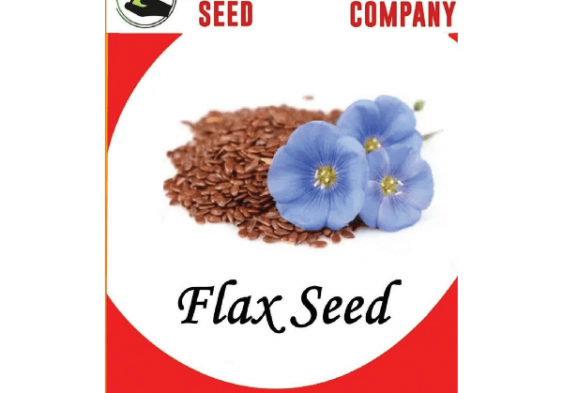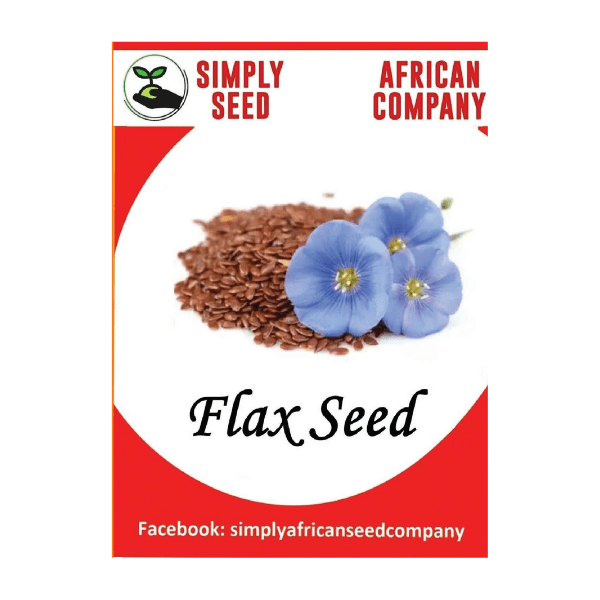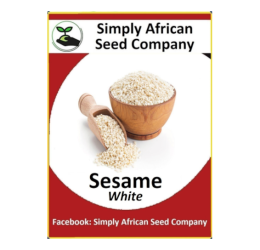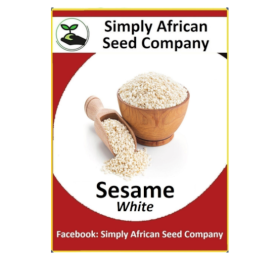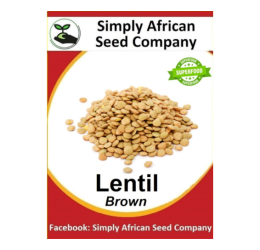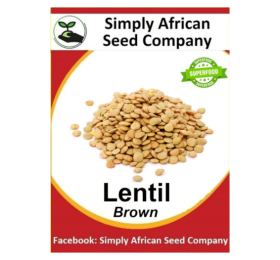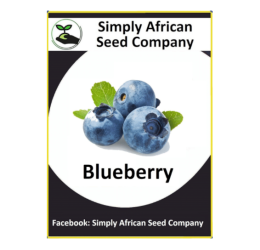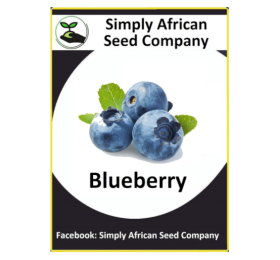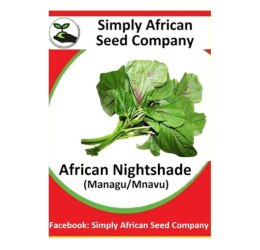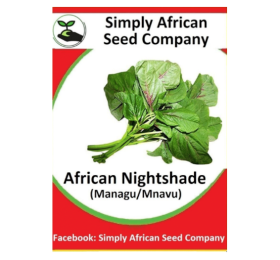View Our Categories
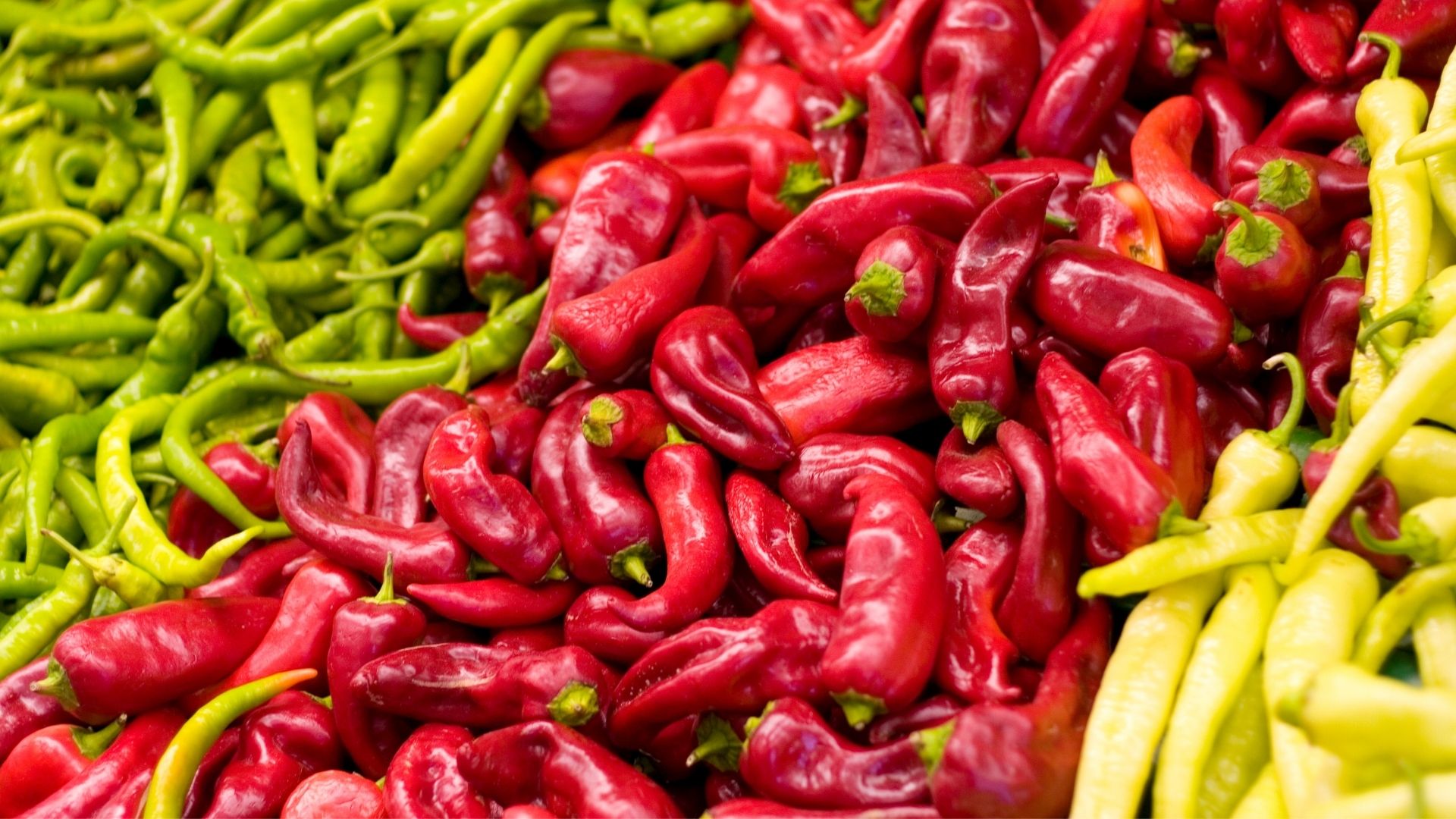 Chilli & Pepper Seeds( 88 Items )
Chilli & Pepper Seeds( 88 Items ) Vegetable Seeds( 103 Items )
Vegetable Seeds( 103 Items )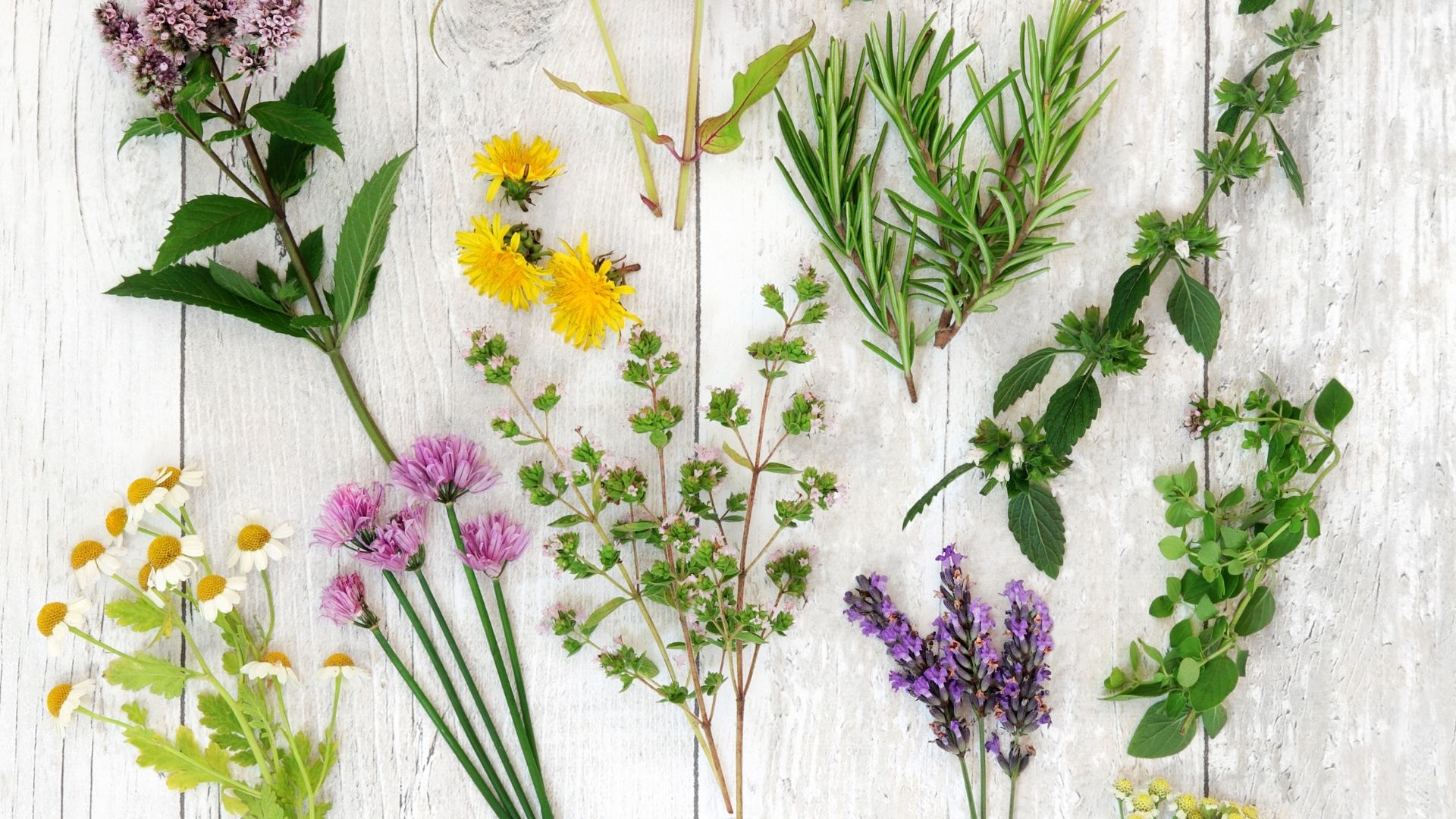 Herbs and Spices Seeds( 33 Items )
Herbs and Spices Seeds( 33 Items ) Legume (Beans, Grains, Pulses, Peas & Lentils) Seeds( 71 Items )
Legume (Beans, Grains, Pulses, Peas & Lentils) Seeds( 71 Items )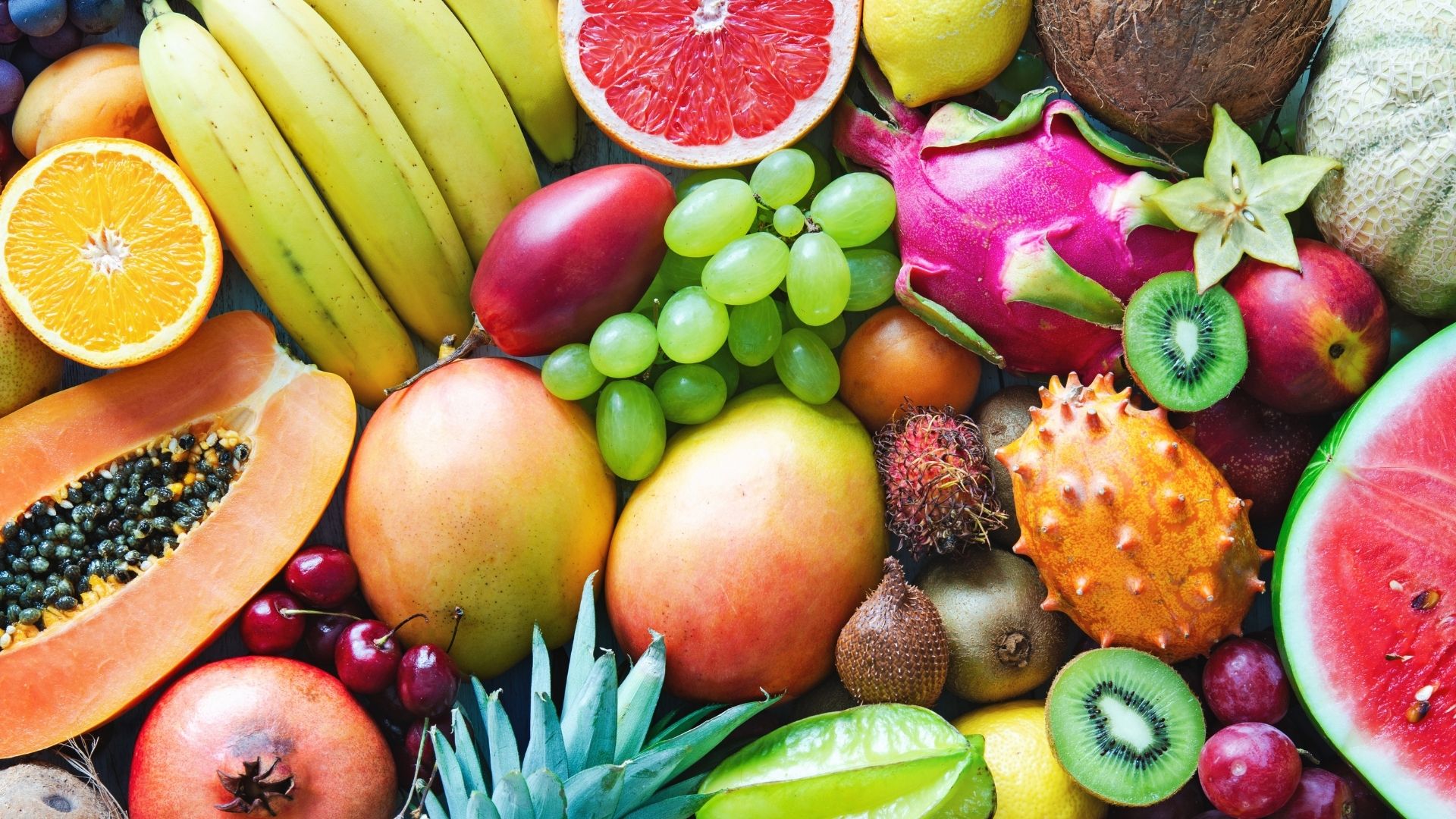 Fruit Seeds( 77 Items )
Fruit Seeds( 77 Items )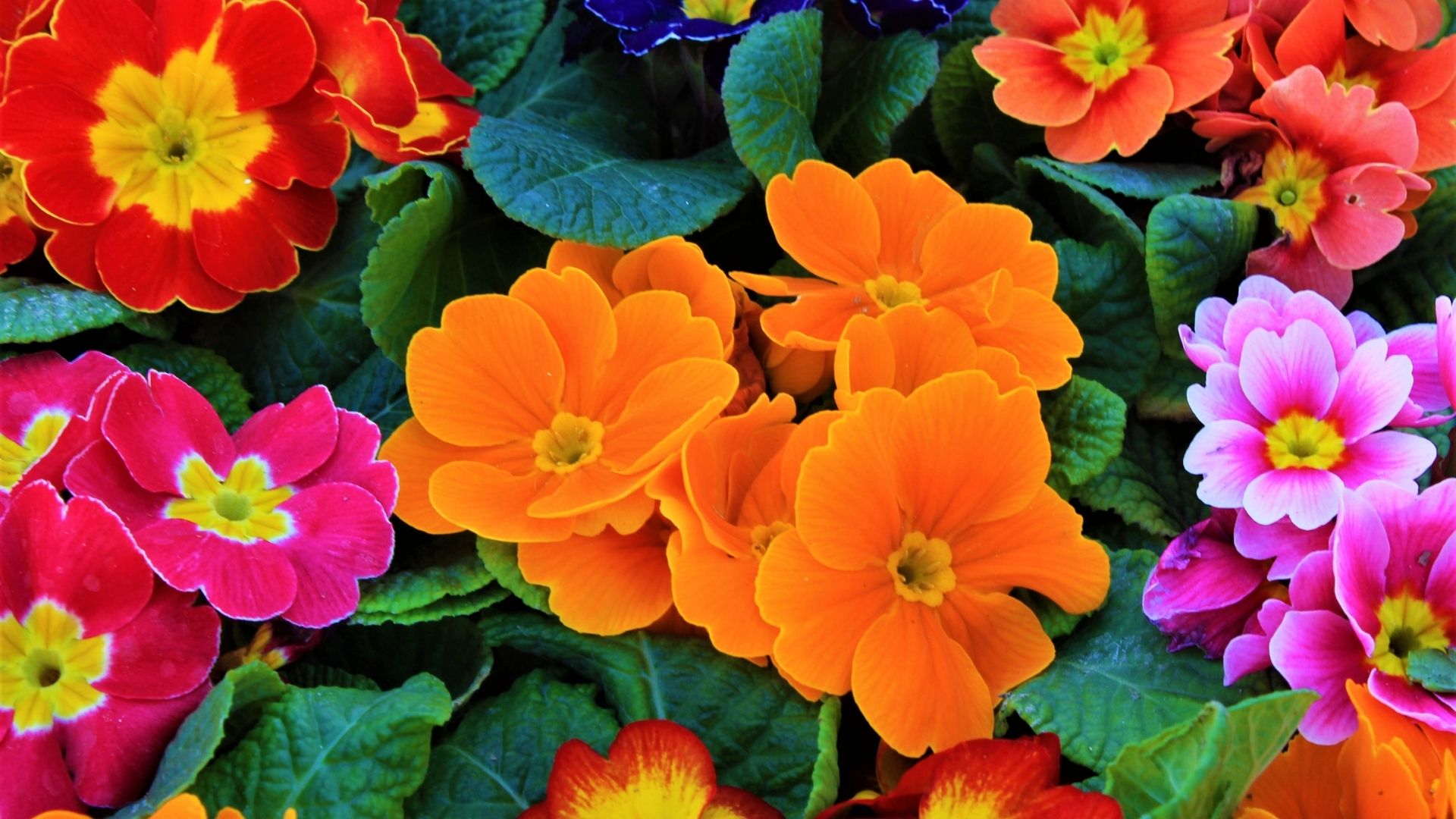 Flower, Tree or Decorative Seeds( 74 Items )
Flower, Tree or Decorative Seeds( 74 Items ) Tobacco Seeds( 3 Items )
Tobacco Seeds( 3 Items ) Succulent Seeds( 11 Items )
Succulent Seeds( 11 Items )
1-7 Working Days
Processed Delivery Times


